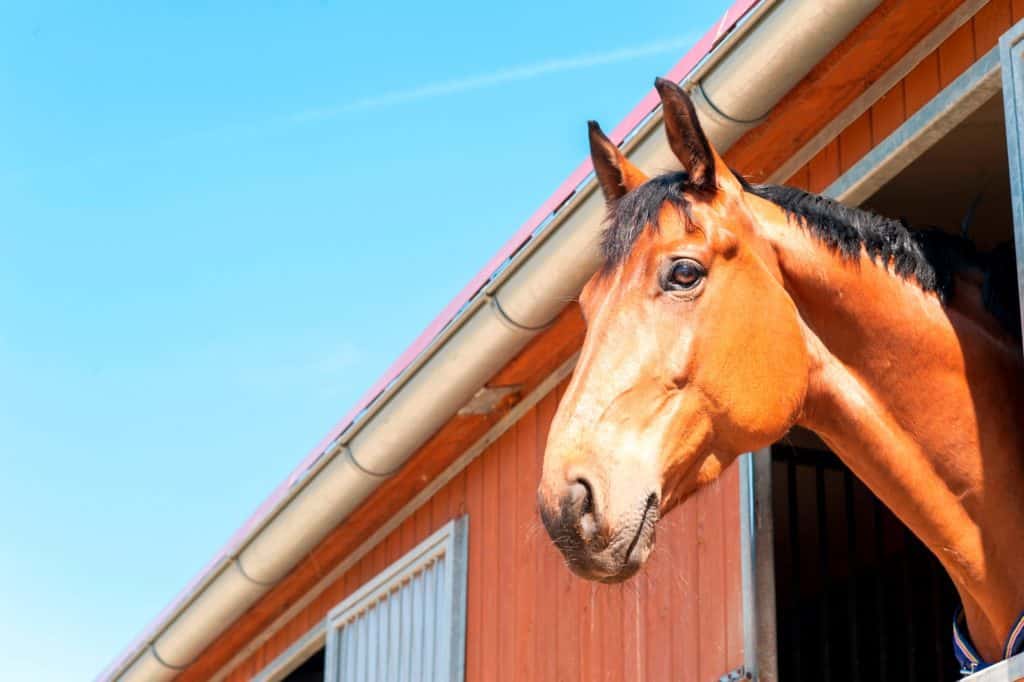
Deconstructing the Laminitis ‘Train Wreck’
Researchers have made great strides in understanding laminitis, but it remains a difficult disease to predict and treat.
Laminitis (commonly called “founder”) affects an estimated 7-14% of the world’s equine population. It’s the inflammation of the tiny, interwoven lamellae that attach a horse’s hoof to the underlying coffin bone (third phalanx, or P3) and support the horse’s entire body weight. Anything that impacts the integrity of the lamellae, such as inflammation, weakens their hold. This causes the coffin bone to displace within the hoof capsule and move toward the ground. The condition is very painful and is often life-threatening to horses.
The same disease has several different causes, which include:

Researchers have made great strides in understanding laminitis, but it remains a difficult disease to predict and treat.

A British veterinarian describes what scientists think happens in the body with endocrinopathic laminitis cases and why.

The good news is that many of the laminitis risk factors researchers identified can be detected early and modified.

View videos on vision, fear, the hoof, assessing the foal after birth, EIPH, trimming old horses’ hooves, and more.

Articles on behavior and equitation science, wound care, laminitis, beet pulp, hoof care, and more were popular in 2016.
Van Eps’ research focuses on understanding, preventing, and treating laminitis and other musculoskeletal diseases.

Top tweets and take-homes from sessions on PSSM, laminitis studies, equine tongue tumors, and more!

Take steps to reduce the risk of laminitis development, such as combating obesity and reducing pasture and NSC intake.

The British survey results also suggest that lamenesses are more likely to originate in the limb than in the foot.

Being able to identify horses at increased risk of developing laminitis is key to reducing its incidence.
The foundation will distribute $459,198 to 27 organizations and special projects committed to improving equine welfare.

The foundation will support two research projects investigating support-limb laminitis.
Top take-homes from presentations on laminitis, grass sickness, atypical myopathy, sedation, and more.

Of the 585 respondents, 372 (64%) said they have owned or managed a horse with laminitis.

Your horse’s best chance of overcoming this hoof disease might lie in your ability to catch it early.

Researchers identified several disease predictors, including advancing age, laminitis, and a cresty neck, among others.
Stay on top of the most recent Horse Health news with
"*" indicates required fields